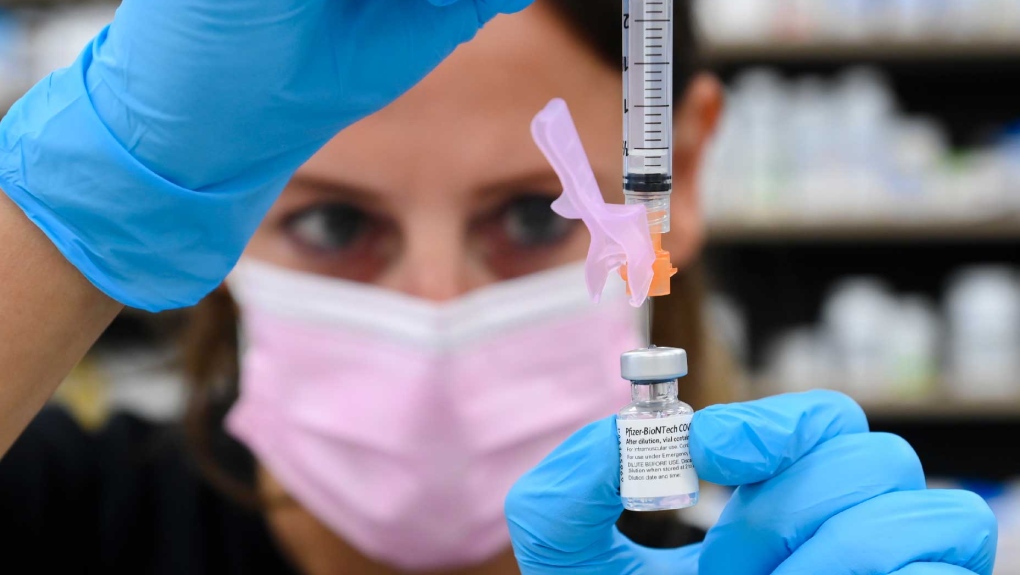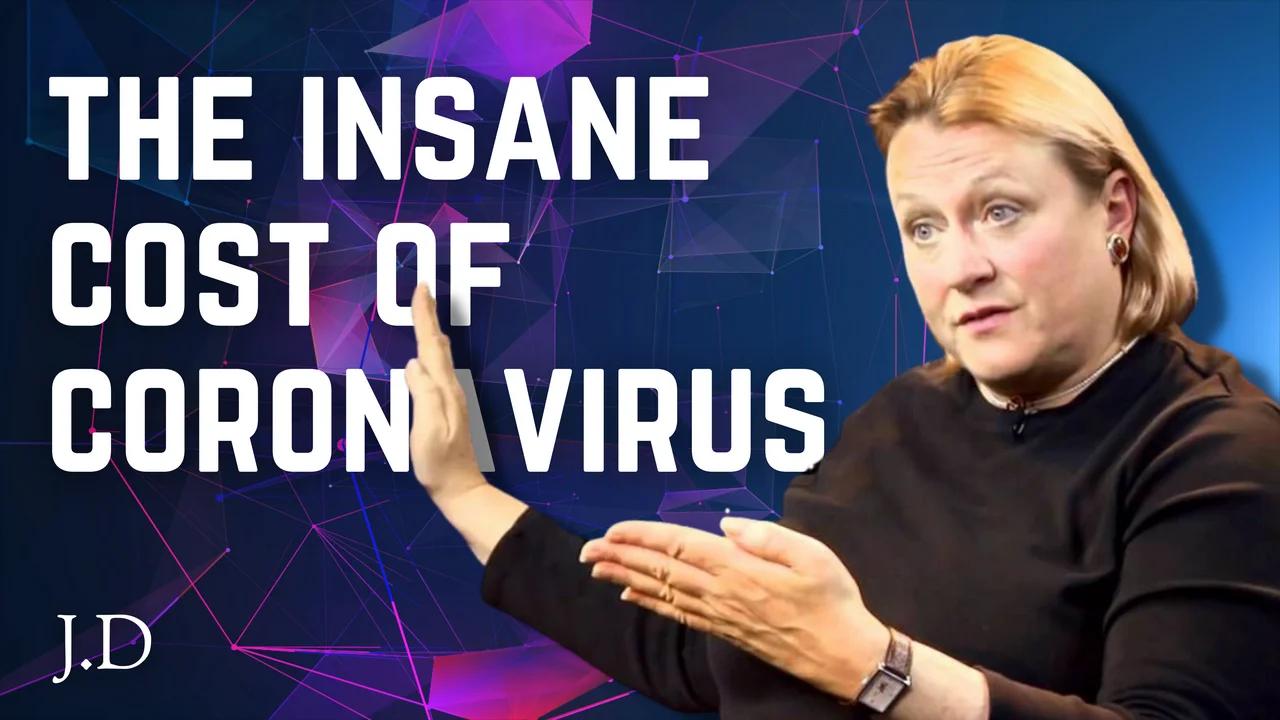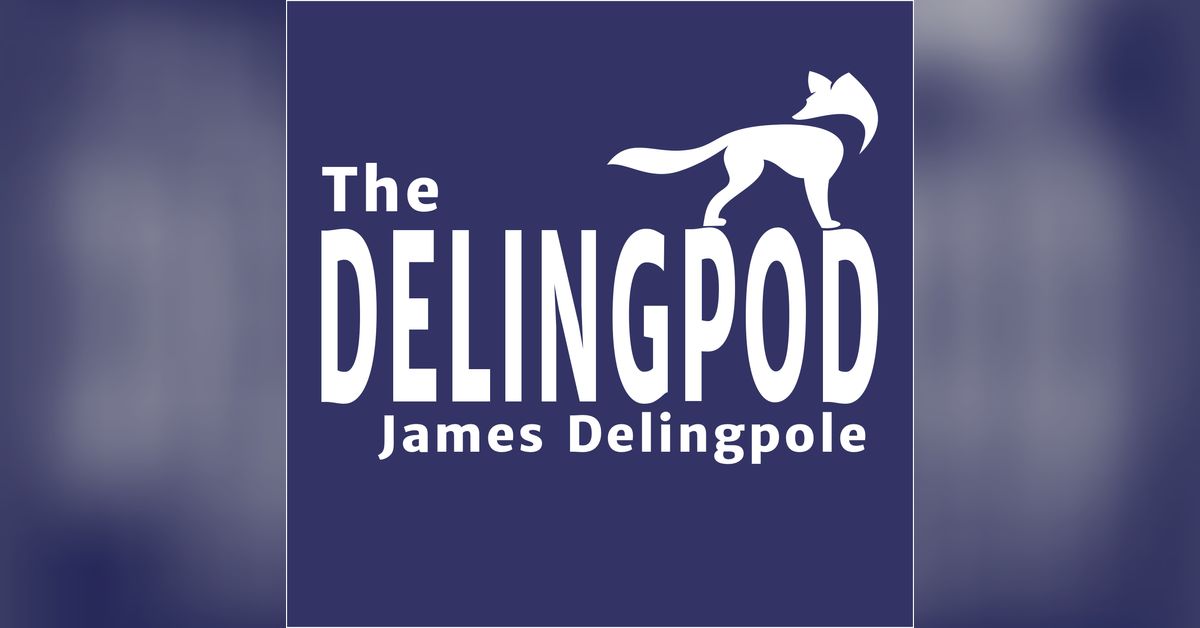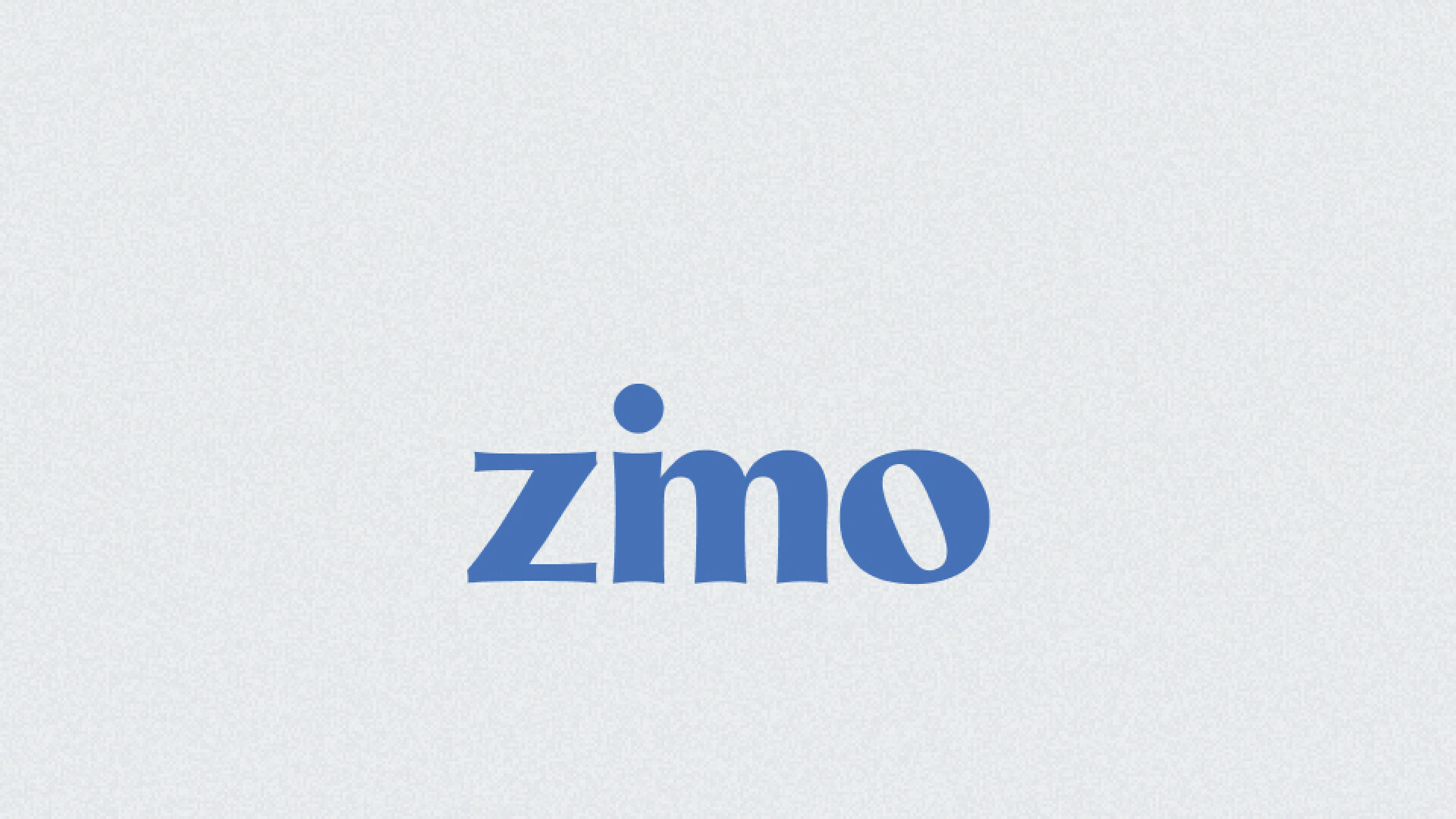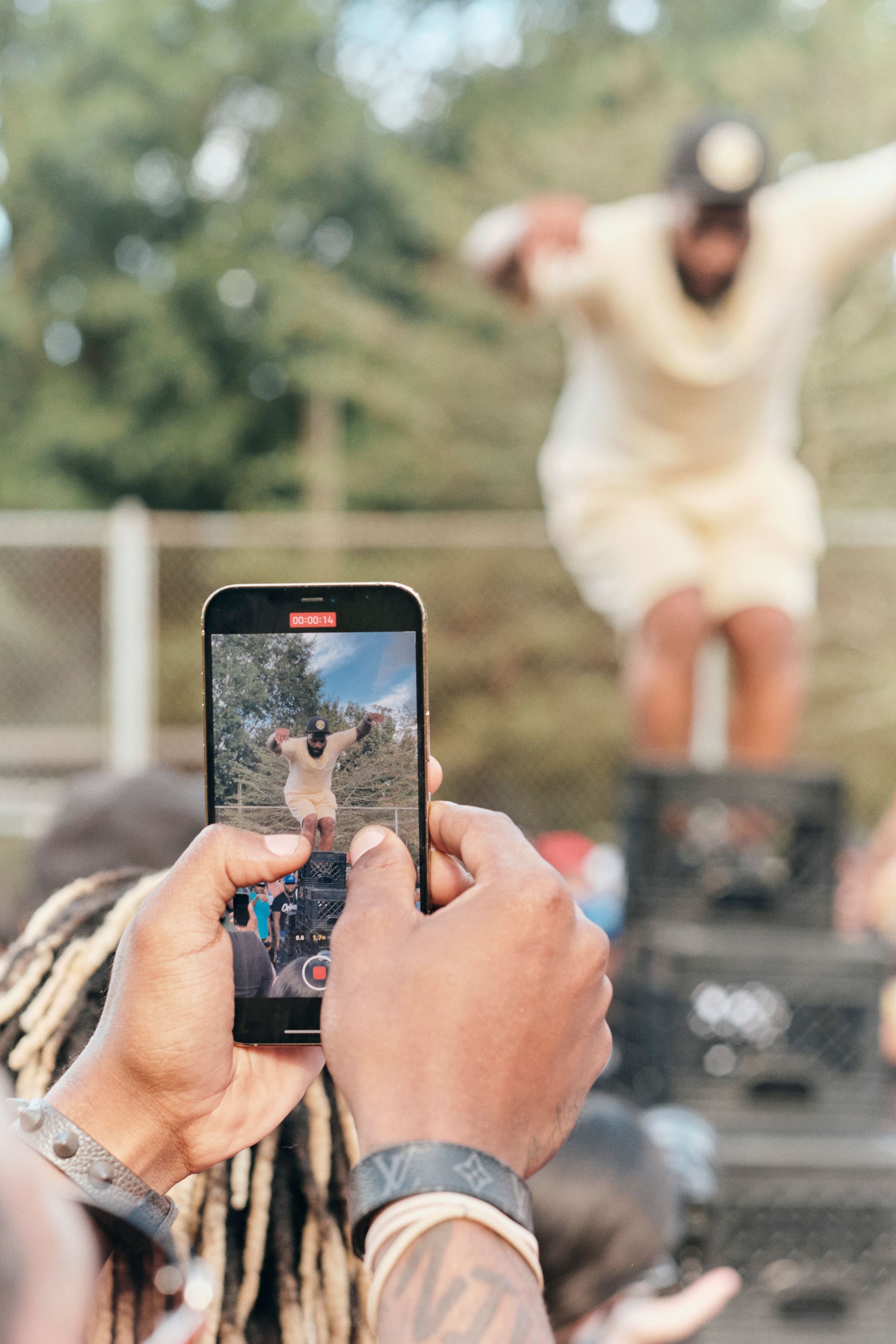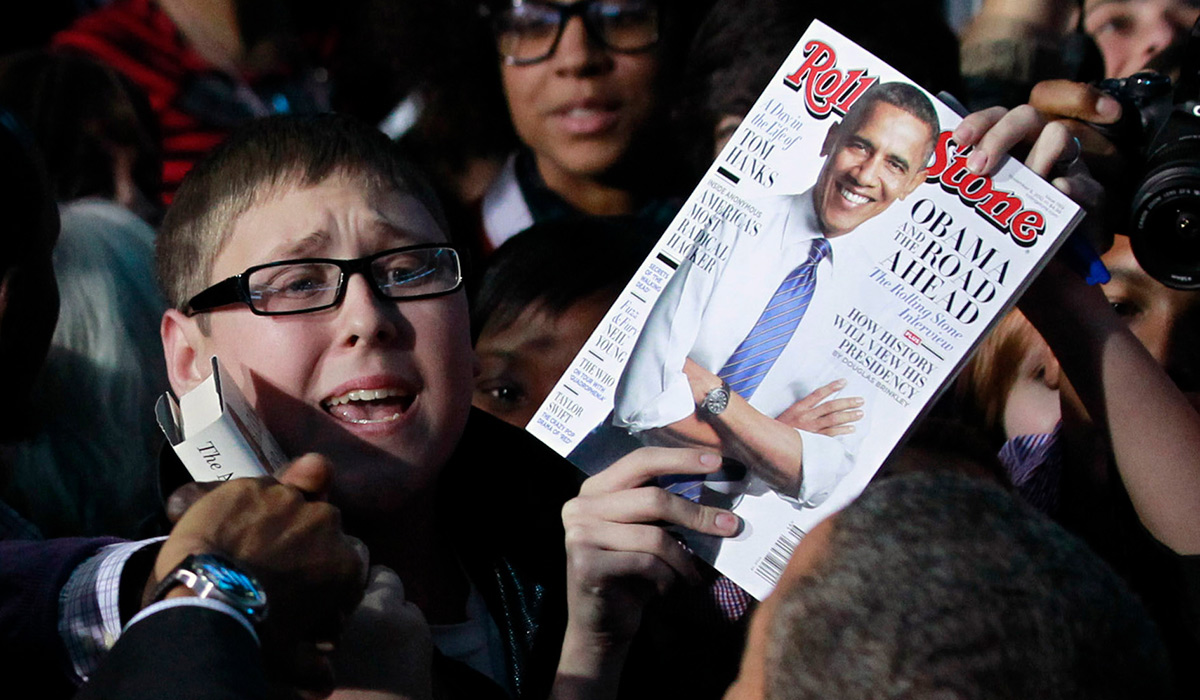Two dangerous trends have played out on the Internet over the past week. In one, a group of people were self-medicating with a form of the drug ivermectin—which is commonly used for deworming horses—in a misguided attempt to treat
COVID-19.
They traded tips about where to buy it, including at livestock stores, and then, after ingesting it, compared terrible side-effects in
Facebook threads. In another corner, people were stacking plastic milk crates in tall pyramids and climbing them step-by-step, often tumbling many feet to the ground halfway through. The latter was an intentional stunt performed to capture dramatic video for TikTok, whereas the former was a wholly serious quest for medical treatment. But the two phenomena have more in common than they seem to: both gained traction as memes—in the sense of content that becomes popular over the Internet, generating its own momentum—and both have been suppressed in the same digital spaces that they thrived in.
The milk-crate stunt might provide an instructive model in miniature for what is happening with the veterinary drug.
The “Milk Crate Challenge” bounced around online as early as a 2011 YouTube video, according to the Web site
Know Your Meme. But it began taking off in mid-August, when two Facebook users posted videos of people undertaking the challenge, one of them broadcast live.
From there, it travelled to Instagram, TikTok, and Twitter, establishing a #cratechallenge hashtag. It’s a perfect meme, an absurd Internet-mandated activity in the mold of the 2014 Ice Bucket Challenge and the 2018 Tide Pod Challenge. (Consuming Tide Pods was also dangerous, of course; the C.D.C. issued warnings as early as 2012, and there were rumors of stores locking the product up.) The likelihood of a daredevil falling from atop the milk crates lends drama and suspense, but the best videos are of those who complete successful climbs, such as a Houston woman named Keri Bowie, who performed the stunt
while wearing heels. After seeing videos of the challenge, “I was, like, why not, you know, take it up another notch?” she
said in a radio interview. “It wasn’t that bad at all.”
The #cratechallenge videos spread too widely and too quickly.Photograph by Gem Hale
Most weren’t so skilled. The challenge caused a few documented cases of
broken or fractured bones in Atlanta.
Videos showed people crashing headfirst amid an avalanche of crates. A tweet from Conan O’Brien joking about waiting for F.D.A. approval of the challenge
drew a response from the actual F.D.A.: “We can’t recommend you try that.” One orthopedic surgeon
warned of “ACL and meniscus tears, as well as life-threatening conditions like spinal cord injuries.” As early as August 27th, TikTok began blocking search results for the #cratechallenge and similar hashtags, in an attempt to discourage people from injuring themselves trying it—a particularly acute problem at the moment, given the occupation of emergency rooms by
COVID-19 patients.
“TikTok prohibits content that promotes or glorifies dangerous acts,” a
spokesperson for the company said. The videos were spreading too widely and too quickly. Memes thrive on imitation, and this one was inspiring too many imitators likely to land on the ground, and then in the hospital. So steps, like TikTok’s, were taken to slow it down.
Memes become omnipresent for a variety of reasons. They might be fodder for entertaining video footage. They might provide a tool for people to express themselves, or cater to deep-seated hopes or anxieties. Ivermectin, which is used for some human applications as well as horse deworming, answered the desire for a
COVID miracle cure in the face of the United States’ recent surge in
infections caused by the Delta variant. The drug has been the subject of medical studies for its supposed efficacy in treating
COVID-19, but there is little rigorous data on the subject, and one recent study found that it does not alleviate mild coronavirus symptoms. Still, over the past few months it has been publicized by figures such as Rand Paul, Ron Johnson, and the Fox News hosts Laura Ingraham and Tucker Carlson. Joe Rogan, who hosted the ivermectin advocate Bret Weinstein on his podcast in June, announced on Wednesday that he had tested positive for
COVID-19, and claimed that he had been treated with a number of medications, including the dewormer. (YouTube has deleted some of Weinstein’s content promoting the drug.) The ivermectin phenomenon is a successor to Donald Trump’s obsessive touting of hydroxychloroquine, but the newly popular drug is even more dangerous because it can be self-administered without prescriptions. Indeed, some users have taken highly concentrated versions made specifically for animals. On August 26th, the C.D.C. released a
health advisory warning of “severe illness” caused by ivermectin overdoses, including vomiting, diarrhea, and hallucination. Rather than accepting a free vaccine with minimal documented risk of side effects, people are buying a way to poison themselves—one man cited in the C.D.C. bulletin landed in the hospital for nine days.
Fuelled by viral misinformation, the mania has been countered through memetic channels in turn. On TikTok, hashtags like #ivermectin4covid and #ivermectinworks were becoming popular and netting millions of views. The platform recently blocked those, as it did with #cratechallenge hashtags, and removed related content, which included video demos like ivermectin advocates squirting the medication into orange juice for easier digestion. Facebook has removed content about buying or selling the drug, and Reddit has impeded access by making some pro-ivermectin forums hidden unless users log in. The drug’s use hit enough of a fever pitch that the F.D.A. issued a warning via tweet, on August 21st, cannily crafted in the Internet’s own language of friendly irony: “You are not a horse. You are not a cow. Seriously, y’all. Stop it.” (The line got more than a hundred thousand likes.)
It’s common sense by now that social media allows us to exist in bubbles of perception. If you see many people doing something online, clogging up your social-media feeds with videos and messages, it’s easy to assume that the behavior is happening everywhere—and is therefore O.K. to do. What the Milk Crate Challenge and ivermectin have in common is that they are hazardous undertakings given more credence by their online ubiquity. In a slower, more cautious digital-media environment, perhaps the F.D.A.’s own warnings would supersede viral videos or misinformation on these platforms. But, when platforms are made up mostly of user-generated content and that content is served to viewers as quickly and as often as possible in order to drive engagement and advertising sales, content moderation is always playing a Sisyphean game of catch-up. As with the pandemic itself, problems are only identified and confronted after they have already spread.
The Milk Crate Challenge can perhaps be excused as the latest in a long line of silly activity prompts. Taking ivermectin is not a stunt. It’s a desperate move influenced by political ideology and medical profiteering. Yet it follows the same pathways as the memes that amuse us, because those pathways have no way of differentiating between a joke and a life-or-death medical debate. That all content spreads across the Internet with the same momentum, regardless of its consequences, is an increasingly dire problem. To prevent the likes of ivermectin mania, the challenge of fixing it will have to be confronted.


 medicalxpress.com
medicalxpress.com



